Walnut Dye
Walnut dye is a natural brown dye made from walnut husks. It has been used for centuries in textile dyeing, woodworking, and ink-making. This eco-friendly dye produces earthy tones ranging from light tan to deep brown. It is easy to use and works well on many materials.
Features, Source, and Ingredients
Walnut dye comes from the outer husks of walnuts, primarily black walnuts (Juglans nigra). These husks contain tannins, which create strong and long-lasting colors.
To extract the dye, the husks are soaked or boiled in water. This natural process produces a rich, chemical-free dye that is biodegradable and sustainable.
Profile and Fastness
Walnut dye offers a range of brown shades depending on concentration and fabric type. It has good lightfastness and remains stable over time. While the color may fade slightly with repeated washing, proper care ensures longevity.
Recommended Materials and Uses
This dye works best on natural materials, including:
- Cotton – Perfect for clothing and accessories.
- Linen – Great for tablecloths and home décor.
- Silk – Ideal for delicate, luxurious textiles.
- Wool – Common in traditional dyeing techniques.
- Leather and Wood – Used in crafts and woodworking.
It is also popular in ink-making, paper dyeing, and traditional art techniques.
Application and Usage
Mordanting with Alum
This dye contains natural tannins, so a mordant is not always needed. However, alum can enhance color intensity and fixation, especially on protein fibers.
How to Mordant with Alum:
- Wash the fabric – Remove oils and dirt.
- Prepare the alum bath – Dissolve alum (10-15% of fabric weight) in warm water.
- Soak the fabric – Let it sit in the solution for an hour.
- Rinse and dry – Rinse with cool water before dyeing.
General Dyeing Steps
- Prepare the dye bath – Boil walnut husks in water and let them steep.
- Strain the dye – Remove solid pieces for an even dye bath.
- Submerge the fabric – Stir occasionally for even color.
- Soak and develop – Let the fabric absorb the dye for 1–24 hours.
- Rinse and dry – Wash in cool water and air dry.
For deeper colors, repeat the process or adjust concentration.
Cultural and Historical Significance of Walnut Dye
Walnut dyes has been used for centuries across many cultures. Native Americans and early settlers used it to dye fabrics, stain wood, and create ink. It was prized for its rich tones and natural availability. Today, artisans and eco-conscious creators continue to use it in sustainable fashion and crafts.
Packaging, Storage, and Safety
Packaging: Available in powder or liquid form, sealed for freshness.
Storage: Keep in a cool, dry place, away from direct sunlight.
Safety Tips:
- Wear gloves – Avoid staining hands.
- Use a mask – Prevent inhaling fine particles.
- Keep out of reach of children – Not for ingestion.
FAQs
Q. Does walnut dye fade over time?
It has good lightfastness but may fade slightly with frequent washing.
Q. Can I use this dye on synthetic fabrics?
It works best on natural fibers like cotton, wool, and silk.
Q. Do I need a mordant for walnut dye?
No, but alum can enhance color depth.
Q. Is walnut dye eco-friendly?
Yes, it is natural, biodegradable, and free of harsh chemicals.
Q. Can I mix this with other natural dyes?
Yes, combining it with indigo or other plant-based dyes creates unique shades.
Q. How do I get a darker color?
Soak the fabric longer or use a higher concentration of walnut husks.
This dye is a timeless, sustainable option for natural brown shades. Whether for textiles, wood staining, or ink-making, it remains a trusted choice for artists and crafters.

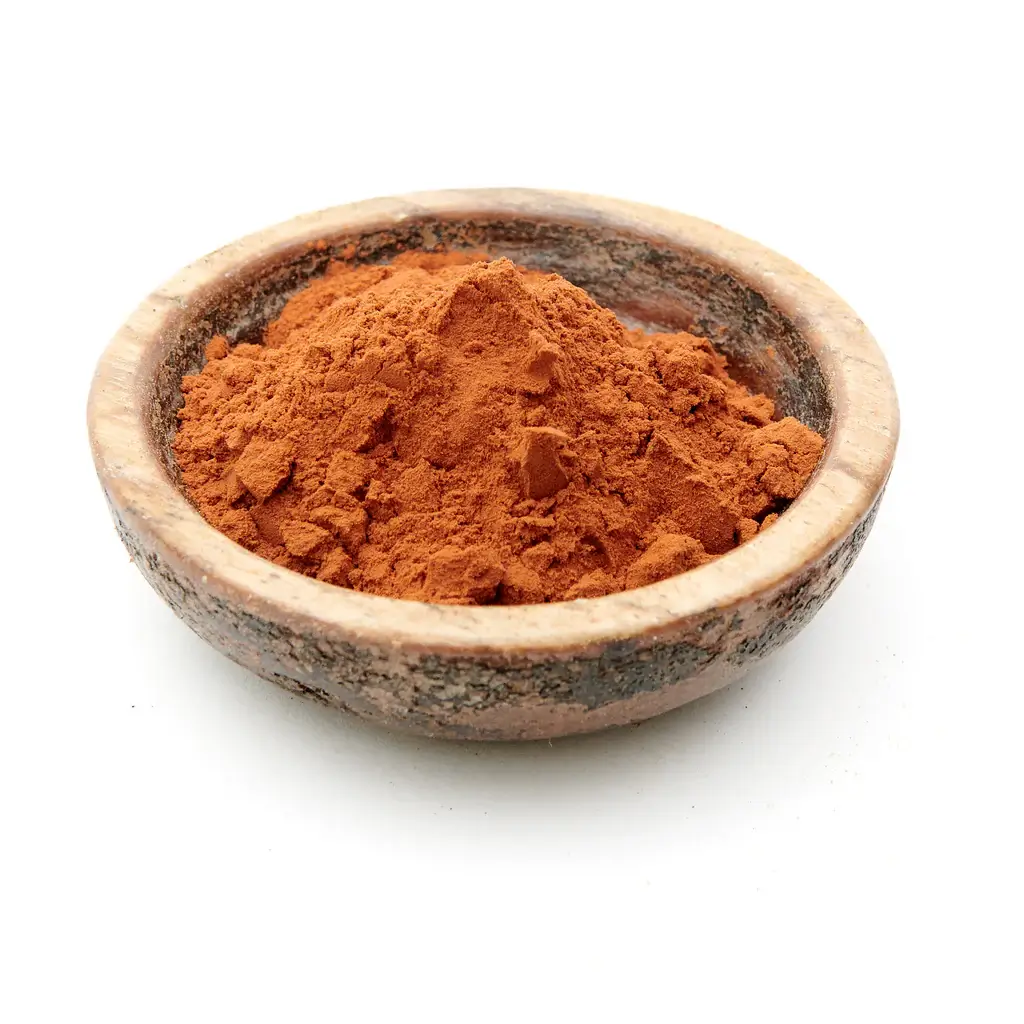
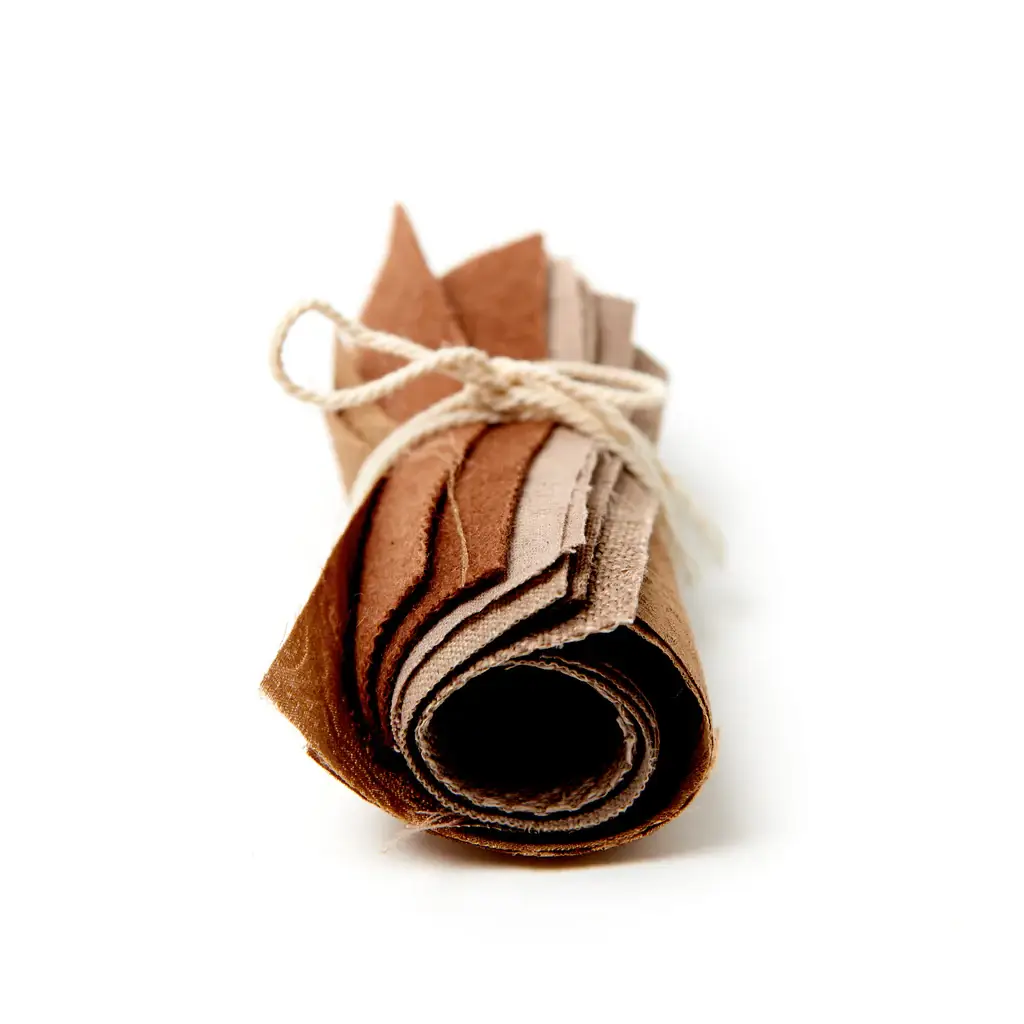
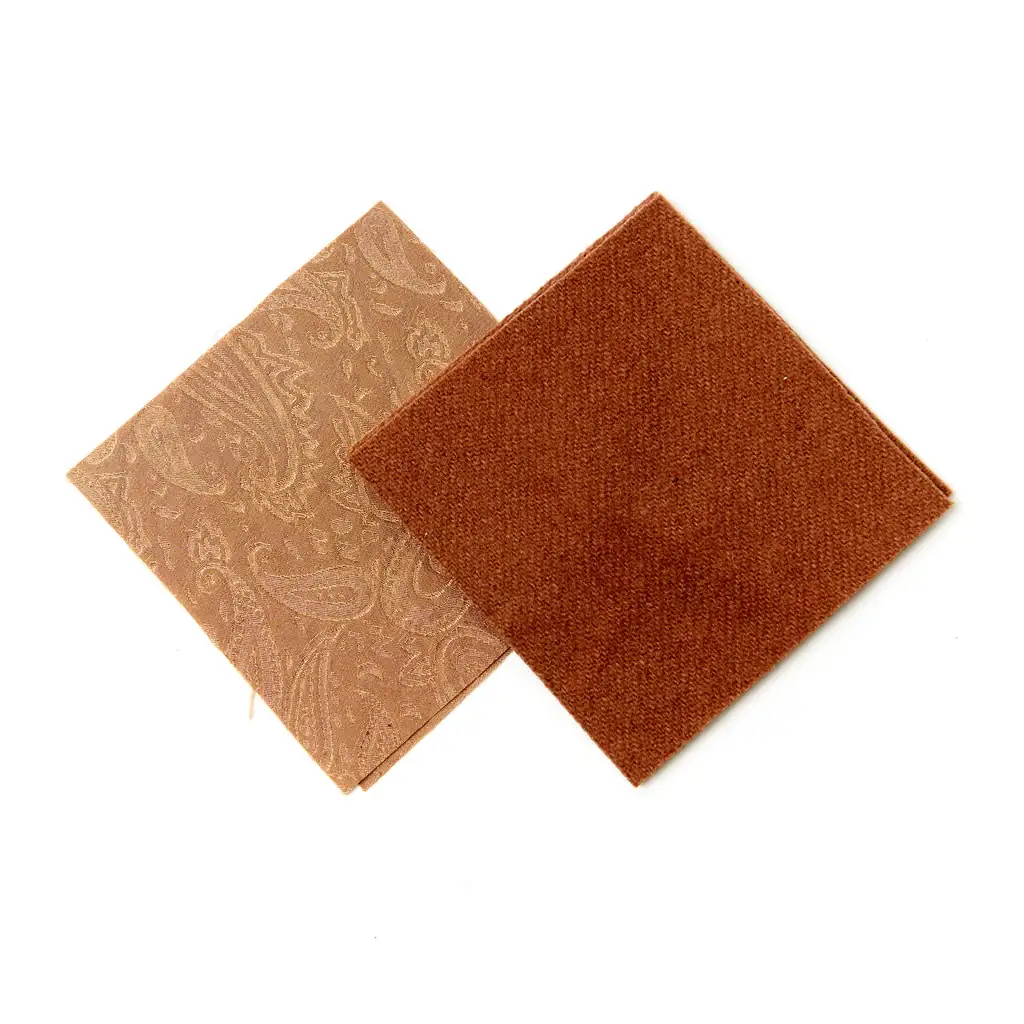
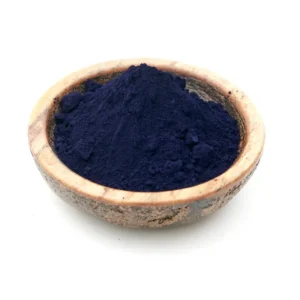
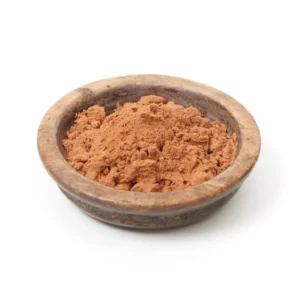
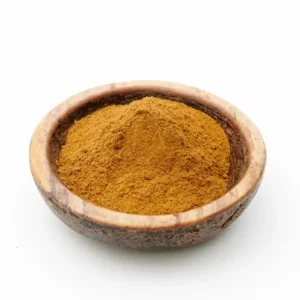
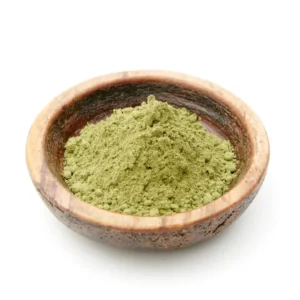
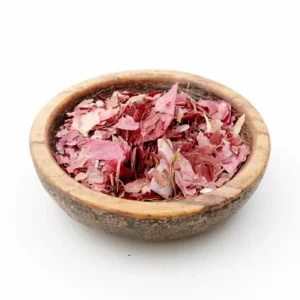
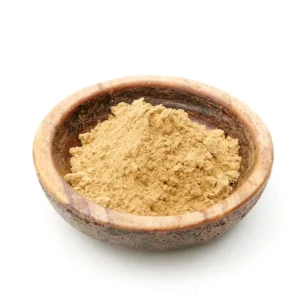
Reviews
There are no reviews yet.